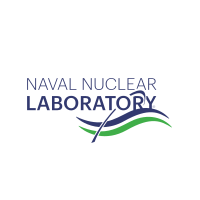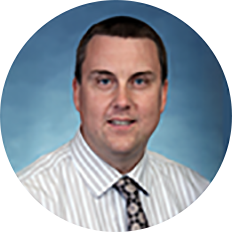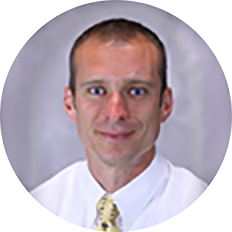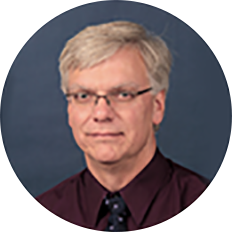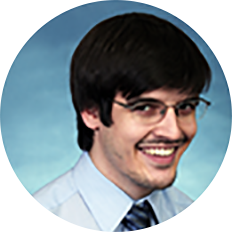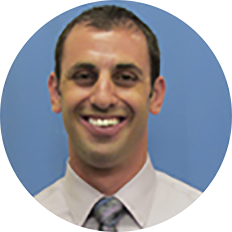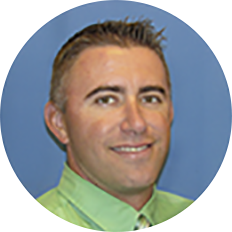Kenneth A. Kesselring Site
Our History
Kesselring, located in West Milton, near Saratoga Springs, NY, was originally developed for testing early reactor designs. In 1950, the Site changed its focus to testing of propulsion plants in the Naval Nuclear Propulsion Program and subsequently for training Navy operators for these propulsion plants.
Today’s primary mission of the site is to train nuclear Officers and Enlisted personnel to operate the United States Navy’s nuclear-powered aircraft carriers and submarines. The remaining operating nuclear-powered prototype is S8G, which is used for training the Sailors and testing new technology before it is deployed to the Fleet. Over 50,000 Sailors have trained at Kesselring since the beginning of operations in 1955.
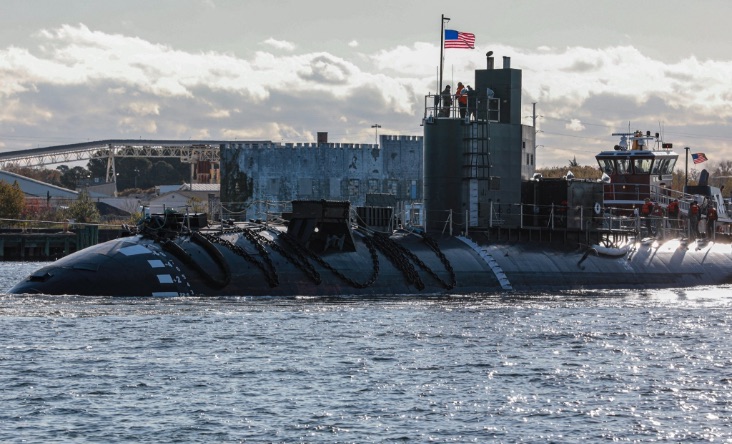

The first two power plants
In 1955, the first power plant goes into operation at Kesselring. It is a liquid-sodium cooled Naval prototype for the second nuclear powered submarine, SEAWOLF (SSN 575). In 1958, the second plant is placed in operation: the S3G prototype for the former submarine TRITON. This plant and all subsequent plants contain a pressurized water type reactor.
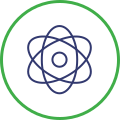
D1G prototype and site renaming
In 1962, the D1G prototype for the former guided missile cruiser BAINBRIDGE begins operation. In 1968, what was known as the West Milton Site officially becomes the Kenneth A. Kesselring Site, in honor of the former Knolls Atomic Power Laboratory General Manager.

MARF and S8G prototypes
An advanced test platform, the MARF prototype, is placed into service in 1976, and the S8G prototype for the USS OHIO becomes operational in 1979.

Infrastructure modernization
In 1991, the S3G prototype operations are ceased in favor of other more modern platforms that can meet the testing and training requirements. In 1996, operations at the D1G prototype similarly are ceased. Dismantlement and removal of the S3G prototype from Kesselring was completed in 2006, and the D1G prototype is in the process of being dismantled and removed.
